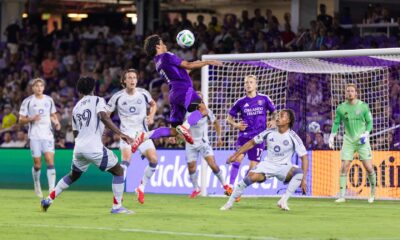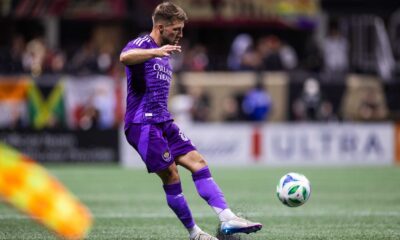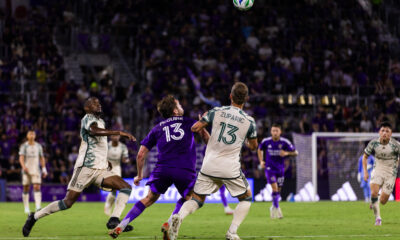Orlando City
Chicago Fire vs. Orlando City: Player Grades and Man of the Match
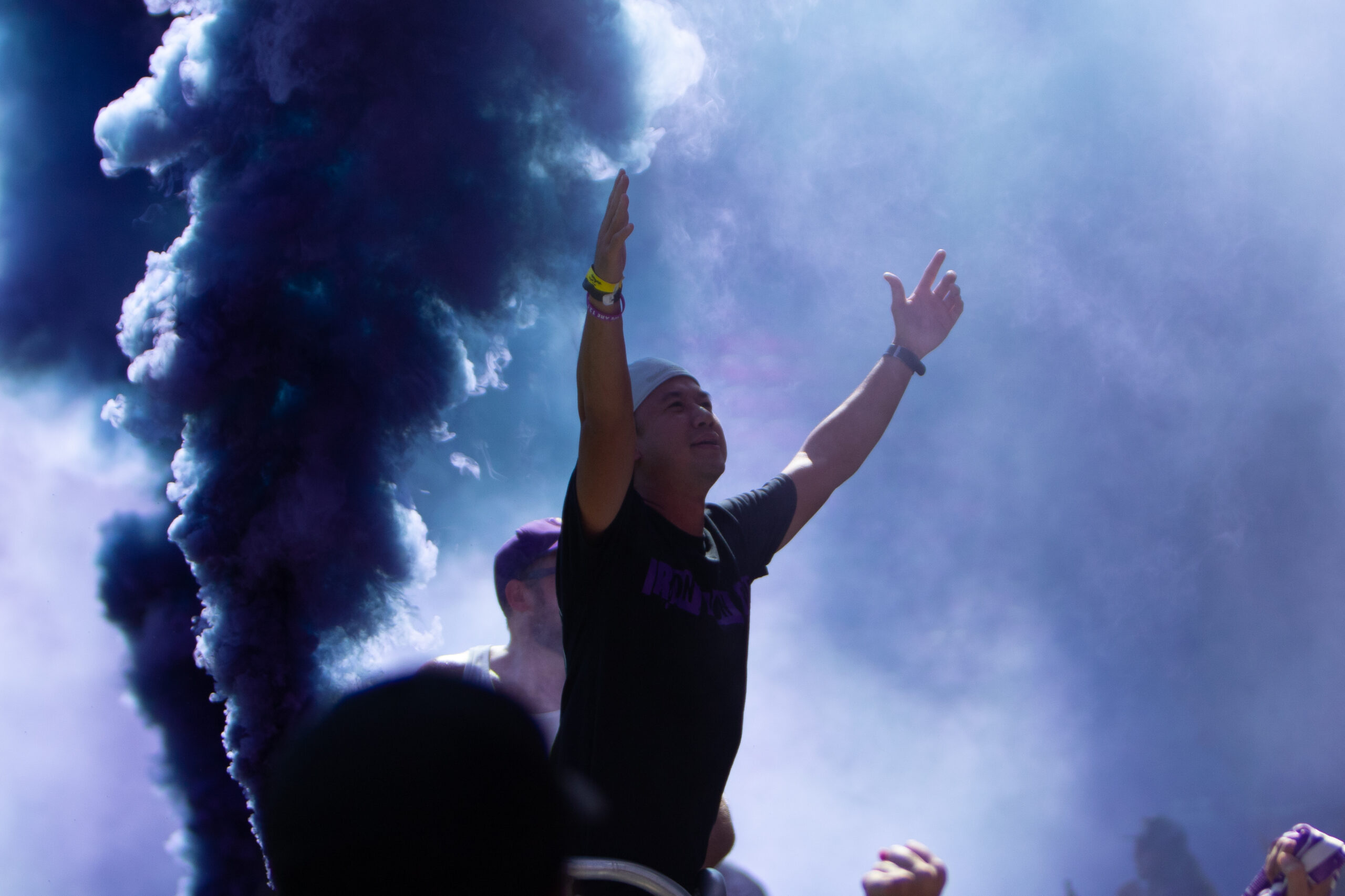
James O’Connor decided to keep his 3-5-2 formation and make just the one change to the lineup for Orlando City’s first road game of the season, swapping last week’s Man of the Match Chris Mueller for latest Designated Player signing Nani.
In a game that lacked quality, the Lions nearly earned their first road win since April 29, 2018. Indeed that was the last time the team had picked up any points away from home so it was a blow when 10-men Chicago rescued a draw at the death.
Starters
GK, Brian Rowe, 5.5 — Largely untested by way of Chicago’s ineptitude over Orlando’s solidity, Rowe saw the defense in front of him carved open twice in the opening exchanges and looked helpless to do anything. After that he was only forced into a couple of routine saves, collected a couple of crosses confidently, and was seconds away from banking a first clean sheet in purple until a close-range stoppage-time header caught him flat footed and nestled in the bottom corner. He’s not at fault, but it wasn’t an inspiring dive either. Also a note on his distribution which was wayward from his feet although he did well trying to spring a counter when throwing it out.
D, Kamal Miller, 5 — Orlando set up with a very wide back three to the extent that rookie Miller spent a lot of the game hugging the sideline. Despite the distance and bizarre shape, he kept his line well enough to help catch a couple of offside calls but struggled one on one, only making one tackle and regularly getting burned for pace. His clearances seemed wild and skittish, his 54% pass success rate was only better than an isolated Dwyer and even playing with a man advantage he looked far more unsettled than he did on his professional debut last week as the Lions tried, and ultimately failed, to see the game out.
D, Alex De John, 6 — De John imposed himself on Nemanja Nikolic to keep the Hungarian quiet after an opening few minutes that could have (and should have) seen him score twice, helping clean up after his fellow defenders’ mistakes by playing the sweeper role as the central man in a back three. It wasn’t pretty at times but he did his own job well with a dominant aerial performance and he also made a team-high 10 clearances.
D, Shane O’Neill, 5 — O’Neill went quietly about his job for the most part. His 25% tackle success was disappointing but not costly as he played high and to the right in Orlando’s wide defensive shape. He wasn’t as busy as De John, nor did he struggle as much as Miller…that was until Przemyslaw Frankowski’s cross was fired towards the head of CJ Sapong. At this point O’Neill should have either attacked the ball or at the very least not given Sapong the room to jump, but instead his feet froze, he got caught ball watching a solid foot away from Sapong, and let the forward head in the equalizer unchallenged.
WB, Danilo Acosta, 6 — Acosta had a better day than his right-sided counterpart Kyle Smith, not that that is much of a compliment in itself. He led the team in touches, with 59, and had twice as many crosses as the next highest (four), but none of them connected. Defensively he registered two interceptions and made several good recoveries but the game-tying assist came from his flank, as he didn’t close down, which is disappointing mark on an otherwise promising but unproductive performance.
MF, Sebas Méndez, 7.5 — The Ecuadorian was an effective anchor, doing well off the ball to cut out the passing lanes and making several interceptions from his midfield station that in the first half was all too often merging with the defensive line. He looked more confident, decisive, and expressive in the second half and finished the game leading the team with 45 passes. It’s hard to know where the 21-year-old’s ceiling is, having not really seen much of his playmaking abilities from deep, but I feel O’Connor will just be content to use him in the defensive role he shined in today on the road.
MF, Will Johnson, 7.5 — Johnson had plenty of energy as part of a midfield tandem with Mendez, with whom he shared a near identical average playing position, owing to the fluid nature with which they changed sides and covered for the other when they went to close down the likes of Bastian Schweinsteiger, who was given license to roam freely into the Orlando half. He spent a lot of the first half dropping deep into the back line to lend a much-needed hand and level head as Orlando struggled to get a foothold in the game but the early goal in the second half seemed to loosen the team up and they played with more confidence in the middle of the park, as seen in Johnson’s 39 passes at a success rate of 87% — the best in the team.
MF, Sacha Kljestan, 6.5 — I’m struggling to assess Kljestan’s performance in Chicago. It wasn’t good but it certainly wasn’t bad. It just happened. His passing was elegant at times and wayward at others but with 78% successful, increasing to 82% in the final third he was making things tick over even if he wasn’t making things happen. He put himself about defensively, making some good reads but if he didn’t win the first ball he seemed a little too lethargic to continue battling and pressing didn’t seem to be part of O’Connor’s game plan, so he struggled to get into the game at times, ending up being simply passed around. His heat map shows no pattern, with him pretty much floating everywhere as he struggled to find a way into the game and I’ll forgive you if you forgot he was on set pieces as his deliveries looked fine at best but produced nothing by way of chances.
WB, Kyle Smith, 4 — Smith played incredibly high up the right wing and took every invitation to carry the ball forward. On the sole occasion he managed to beat his man, his service was poor. Defensively he looked rattled and pretty much got beat every time, allowing Aleksandar Katai to provide some easy service to Nikolic, who you’d expect to bury such chances. Add to that a first half booking and it wasn’t a surprise to see him hooked off by his former Louisville City boss before the hour mark in a like-for-like switch with Ruan.
F, Nani, 8 (MOTM) — The game’s two big talking points and positives from an Orlando standpoint both came as a product of the Portuguese international. First, he got the assist on Dwyer’s goal, taking the initiative and having the nous to lift the ball over the Chicago back line after a bit of aimless back and forth in midfield. Panic ensued and Dom capitalized. Later, he threaded a beautifully weighted through ball to Ruan, which drew the red card, an event that should’ve confirmed all three points for Orlando and hailed Nani as a hero on his full debut. But, alas, it wasn’t to be. There were promising signs though of what happens when you put actual quality in your side. The one down side is he didn’t have a shot.
F, Tesho Akindele, 6 — Tesho was forced off last week after he scored the equalizer, later citing cramp, so some may have been surprised to see him thrown straight back in to starting lineup against the Fire, with Dwyer once again on the bench and instead Mueller having the make way for Nani. But he must have looked fit enough through the week’s training and he got the nod. Unfortunately, the Canadian lasted 20 minutes before being forced off. In the cameo he flashed his strength with some holdup play and had a good passing exchange with Nani but did little to trouble the Chicago back line, registering six passes and no shots.
Substitutes
F, Dom Dwyer (21’), 8 – Dwyer once again started the game on the bench but was called upon earlier than expected as a replacement for the hobbling Akindele. He immediately made his presence known in the box in true Dwyer fashion, chasing down every ball, but his only chance in the first half was from outside the box. Early in the second half he pounced on some indecisive defending to calmly poke Nani’s testing dink over an onrushing David Ousted. He continued to chase lost causes, hound defenders much more effectively than Akindele, and could have found the net again if he hadn’t hesitated and got the ball stuck under his feet — albeit for a belated offside flag to save his blushes.
WB, Ruan (58’), 7 – Ruan made his Orlando City debut from off the bench, with the Brazilian tagging in for the struggling Smith near the hour mark, and looked a vast improvement. He showed a lightning burst of pace to catch up to Nani’s through ball which invited a last ditch red card challenge from Jorge Corrales and he also made good on his defensive duties, registering two tackles and two interceptions in his 30 minute shift.
F, Chris Mueller (89’), 6 – Last week’s Man of the Match, Mueller surprisingly started on the bench as Nani was drafted into the lineup, but he was called upon on in the final minute of normal time to help see the game out. He didn’t get a chance to get up to game speed but still managed to link up with Dwyer and help drive towards goal, only for the duo to get in each other’s way, ending the chance to put the game away. He did track back and attempt to block the cross for the assist but appeared to hesitate before dangling a futile leg as it whipped past him.
On paper a draw away at Chicago doesn’t seem like such a bad result but when you consider Orlando had a man advantage and came within seconds of walking away with a W, it’s an absolute disaster. I struggled at times to see the game plan: Orlando had a stretched back three that literally spanned the entire width of the pitch but the wingbacks had an average position at the halfway line in a game the Lions struggled to get out of their own half. How does that work? Answers on a postcard!
There were positives, however, namely that the defensive side of the midfield looked good and Nani and Dwyer’s individual talents have shined now in both games. On first glance Ruan looks like a must-start over Smith and I guess it’s also a comfort knowing that Orlando still has the likes of Carlos Ascues and Lamine Sané to fit back into this defense.
Polling Closed
| Player | Votes |
| Dom Dwyer | 20 |
| Nani | 81 |
| Sebas Méndez | 25 |
| Will Johnson | 6 |
| Other | 5 |
Lion Links
Lion Links: 6/5/25
MLS All-Star voting update, Kerry Abello shines with USWNT, Sergio Zapata earns recognition, and more.
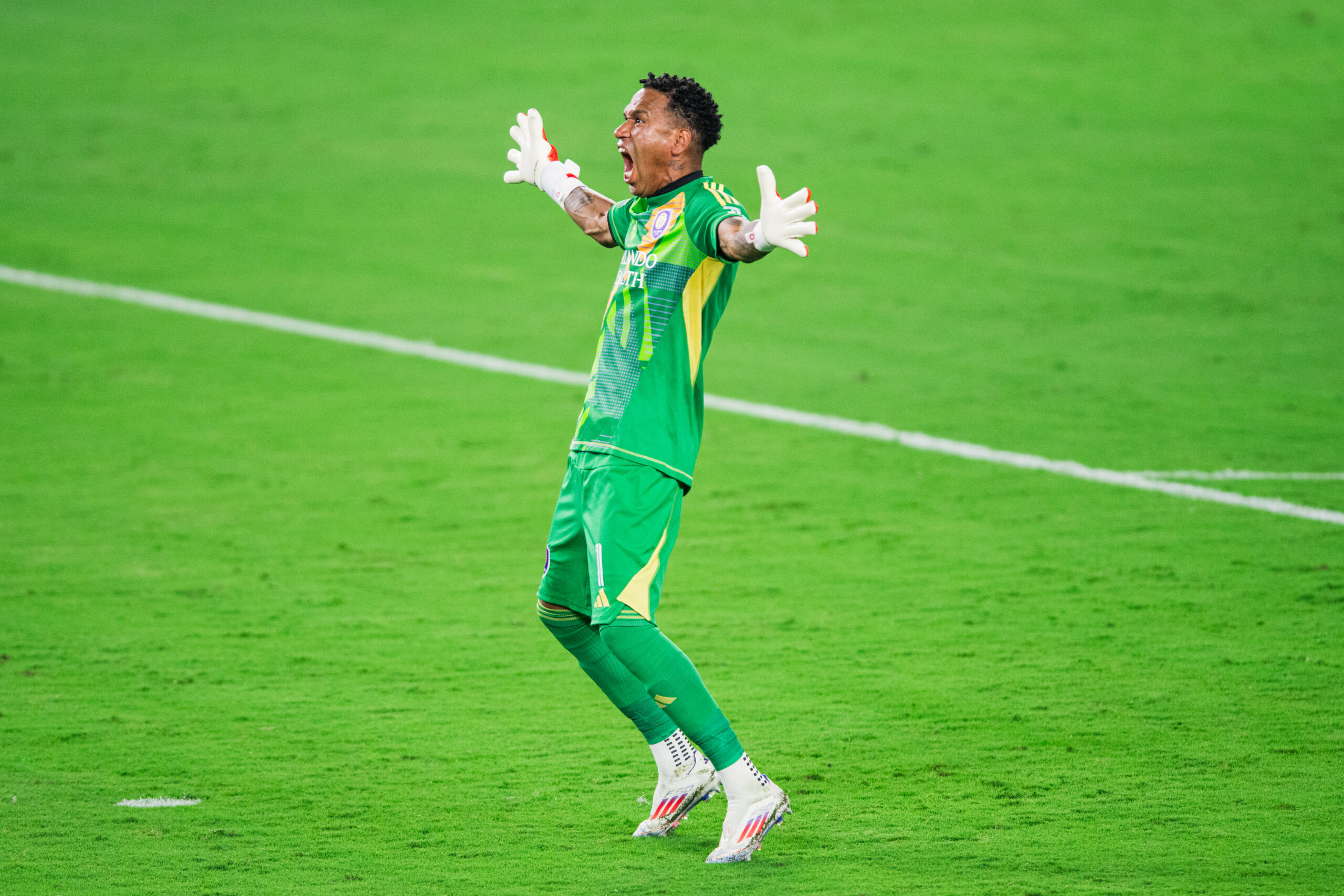
How’s it going, Mane Landers? I hope this week has been treating you well as we enjoy some international soccer and prepare for the return of NWSL action this weekend. Before we jump right into today’s links, let’s all wish a happy birthday to Orlando City B midfielder Dylan Judelson!
Pair of Lions Lead MLS All-Star Voting
Voting for this year’s MLS All-Star Game remains underway and an update was provided on which players are leading at each position. Orlando City defender Alex Freeman leads all right backs as he enjoys a breakout season. I was aware of the buzz he’s been getting this year, but it’s still surprising to see a Lion as an All-Star frontrunner. What’s even more surprising is that Pedro Gallese leads the voting for goalkeepers. The Peruvian made a rough gaffe last week, but has otherwise had a stellar season with Orlando that’s included seven clean sheets. Voting will close on June 11, so make sure to get those votes in before then.
Kerry Abello Impresses With USMNT
Orlando Pride defender Kerry Abello made her first appearance for the United States Women’s National Team Tuesday, playing every minute of the 4-0 win over Jamaica. The versatility she’s shown with the Pride translated well in Head Coach Emma Hayes’ system, as she was able to hold things down defensively and contribute to the attack as well. Abello could end up bringing solid depth to the USWNT as Hayes figures out the team’s future core of players. Enjoy this video from the USWNT that provides a look behind the scenes of Abello’s international debut.
Sergio Zapata Named Player of the Month
Sergio Zapata scored a whopping 11 goals for Orlando City’s U-19 team over the course of just four matches in May, winning the honor of MLS NEXT Player of the Month. He had three hat tricks last month, including one against Hoosier Premier at MLS NEXT Fest. Zapata committed to Cornell, so hopefully we’ll get to see him tear it up in the Ivy League over the next couple of years.
Zack Steffen Sustains Knee Injury
Goalkeeper Zack Steffen injured his knee at the United States Men’s National Team’s training camp and will reportedly miss this summer’s Concacaf Gold Cup. It’s rough news for the 30-year-old, as he was expected to compete with Matt Turner for the starting job with the USMNT. He’s been having a great season with the Colorado Rapids and returned to the club for further evaluation on the injury.
Free Kicks
- Orlando City and Orlando Health celebrated 29 elementary school students by giving them jerseys for their academic achievements.
- Sporting Kansas City forward Dejan Joveljic won MLS Goal of the Matchday for his acrobatic strike against the Houston Dynamo.
- Former Pride forward Messiah Bright signed a contract extension with the Houston Dash through the 2026 season with an option for 2027. The Pride traded Bright to Angel City FC in 2024 and she was traded to the Dash in January of this year.
- Mexico will be without San Diego FC forward Chucky Lozano for the Gold Cup due to a hamstring injury.
- Cristiano Ronaldo scored the winner for Portugal to beat Germany 2-1 to reach the UEFA Nations League final. It was Portugal’s first win over Germany in 25 years, and it will face either France or Spain in the final on Sunday.
- Simone Inzaghi left Inter Milan and is now the manager of Al-Hilal ahead of the Saudi Arabian club’s Club World Cup campaign.
That’s all I have for you this time around. I hope you all have a wonderful Thursday and rest of your week!
Lion Links
Lion Links: 6/4/25
USWNT wins as Abello gets first cap, Orlando Pride’s Concacaf W Champions Cup draw, Club World Cup in Orlando, and more.
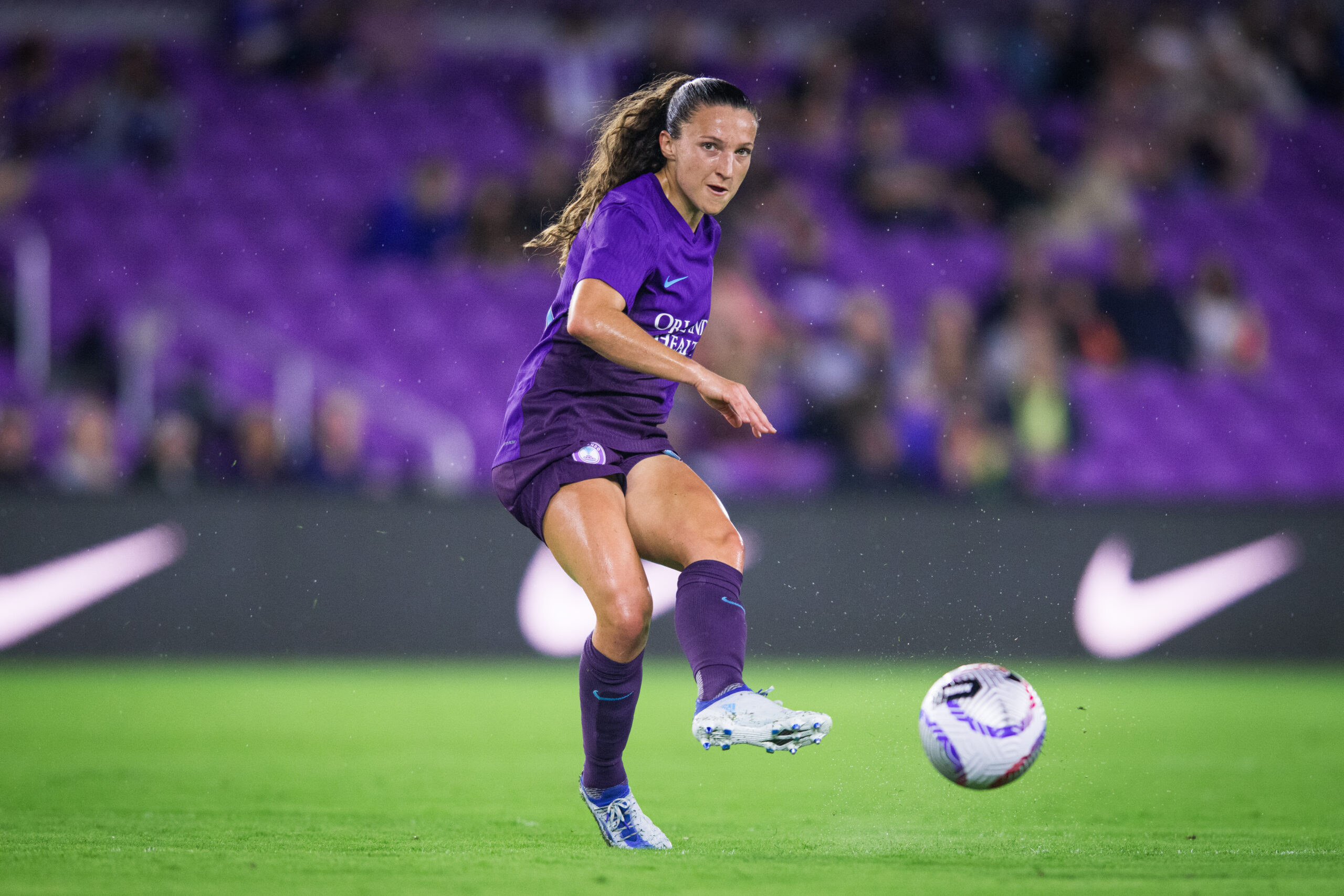
Welcome to Wednesday, Mane Landers. Tuesday was a busy soccer day, especially on the women’s side. We have plenty of Orlando Pride news, and the USWNT secured yet another victory. I’m hoping the good vibes continue since I’ll be coming down to Orlando for the Pride’s match this Saturday. If you’re going to the match, let me know, as I’d love to meet as many of our readers as possible. For now, let’s get to the links.
USWNT Blanks Jamaica
The USWNT defeated Jamaica 4-0 in a friendly at Energizer Park in St. Louis. The Orlando Pride’s Kerry Abello got her first start and her first cap in the match. She went the full 90 minutes and almost had her first international goal in the second half, but the chance went a bit wide of the right post. Ally Sentnor and Lynn Biyendolo each scored a brace as the U.S. rolled to an easy win.
Pride Internationals
Abello wasn’t the only Pride player to make an international appearance. Marta returned to international duty for Brazil getting the start and the captain’s armband in a 2-1 win over Japan. Both Grace Chanda and Barbra Banda started for Zambia in the 2-0 loss to South Africa in the Three Nations Challenge. Congratulations are also due to Zara Chavoshi, who earned her first cap with the Canadian Women’s National Team in the match against Haiti.
Concacaf W Champions Cup Draw
The Concacaf W Champions Cup draw happened yesterday and the Orlando Pride are in Group A with Club America Femenil, CF Pachuca Femenil, LD Alajuelense, and Chorrillo FC. Group B consists of NJ/NY Gotham FC, the Washington Spirit, CF Monterrey Femenil, Vancouver Rise FC Academy, and Alianza Women FC. The competition kicks off Aug. 19-21.
FIFA Loves Orlando
FIFA President Gianni Infantino sat for an interview with Jamie Seh of WKMG Orlando. Infantino spoke about the upcoming Club World Cup matches at Inter&Co Stadium and Camping World Stadium. FIFA loves Orlando enough for the city to host the Club World Cup, but not the actual World Cup. Here is the schedule for the matches in Orlando. We will be bringing you coverage of these matches.
Free Kicks
- USWNT midfielder Korbin Albert is heading to eight-time European champions OL Lyonnes on a free transfer.
- Albert will be joining Washington Spirit head coach Jonatan Giraldez who is leaving the Spirit midseason to coach OL Lyonnes.
- Chicago Fire owner Joe Mansueto has plans for a $650 million, 22,000-seat, soccer-specific stadium. It will be built in the area known as “The 78.”
- Former Lion Daryl Dike will have a new manager, as West Bromwich Albion has appointed Ryan Mason to a three-year contract. Mason comes from Tottenham Hotspur, where he was Ange Postecoglou’s assistant.
- USMNT coach Mauricio Pochettino compared Christian Pulisic to Lionel Messi, though probably not in the way you are thinking.
- The U-20 U.S. Women’s National Team defeated Costa Rica 4-0 to take first place in its third and final Group A match at the 2025 Concacaf Women’s U-20 Championship.
- The Orlando City Academy teams start play in the 2025 Patterson Cup today. The tournament runs through the the June 8.
That will do it for today. Check back as we get you ready for the return of the Orlando Pride this weekend. Vamos Orlando!
Lion Links
Lion Links: 6/3/25
Orlando City B announces signings, details of Concacaf W Champions Cup, UEFA Nations League preview, and more.
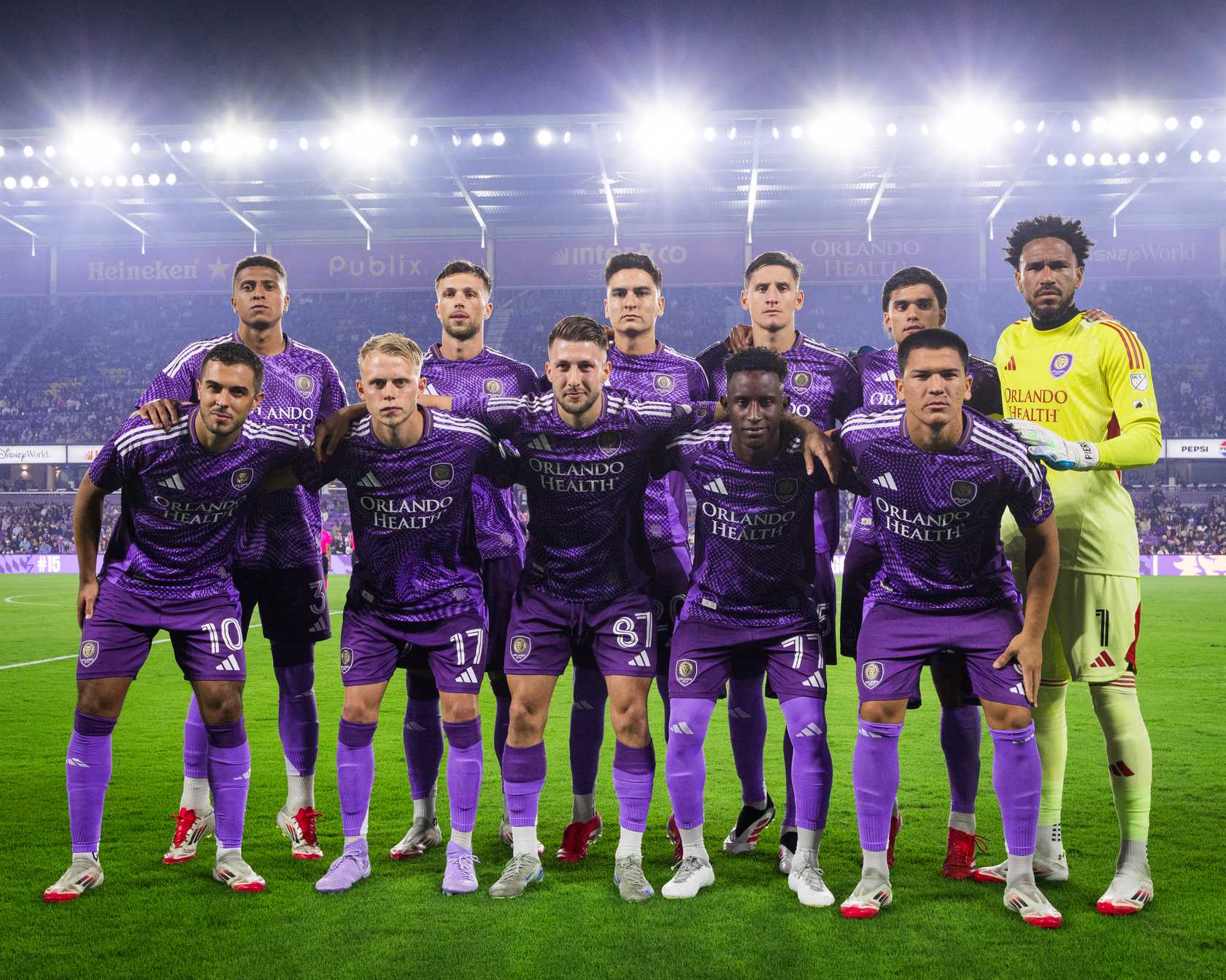
Good morning, everyone. It’s been a pretty brutal last two games for Orlando City, there’s no getting around that fact. While it’s never fun to not have the team in action, a two-week break between games maybe isn’t the worst thing in this particular case. Even though it’ll be a minute before the Lions are back in action, we still have plenty of things to talk about, so let’s get into today’s links.
Orlando City B Announces Signings
Orlando City B announced on Monday that it has signed Clovis Archange and Jackson Platts to MLS NEXT Pro contracts. The pair are graduates of the Orlando City Development Academy and were part of the team that won the U-18 Generation Adidas Cup earlier this year. The 18-year-old Platts captained the team in the final, while Archange was named as one of the players to watch before the tournament started. They’ve both featured for their countries at the youth level, with Platts appearing for the United States U-16 and U-18 teams, and Archange suiting up for Canada’s U-17 side. Congratulations to both players!
Concacaf Announces W Champions Cup Details
Concacaf has named the 10 teams that will participate 2025-2026 Concacaf W Champions Cup and has announced the pots for tonight’s draw. The Orlando Pride are one of three American teams participating in the second year of the competition, and have been placed into Pot 2. Teams will be divided into two groups of five, with each team facing every club in its group once, and the top two sides from each group then advancing to the semifinals. The winner gets a spot in the 2027 FIFA Women’s Champions Cup, and the FIFA Women’s Club World Cup, which is set to be held for the first time in 2028. The draw takes place tonight at 8 p.m.
UEFA Nations League Preview
The UEFA Nations League returns this week, with the semifinals set for tomorrow and Thursday, and the third-place game and final taking place on Sunday. Things get started on Wednesday afternoon with Germany facing off against Portugal in Munich. Germany put away Italy 5-4 on aggregate in the quarterfinals to get to the semis for the first time, while Portugal beat Denmark 5-2, and is hunting for its second Nations League trophy. Thursday has Spain taking on France in Stuttgart. The Spanish beat the Netherlands on penalties in the semis to get here, while France took out Croatia on penalties to punch its ticket. There’s plenty of recent history in this one as these teams also met in the semifinals of Euro 2024 last year, with Spain claiming a 2-1 win.
Transfer Rumor Roundup
The transfer rumor mill has kicked into full swing, so let’s catch up on some of the big talking points. Starting in England, Manchester United has reportedly increased its interest in Brian Mbuemo, with the Brentford forward said to also be interested in moving to the club. There are said to be a number of Premier League teams interested in signing Southampton midfielder Tyler Dibling after his team was relegated to the Championship this season. Jobe Bellingham will reportedly follow in his brother Jude’s footsteps, as he’s reportedly decided to join Borussia Dortmund. Finally, Inter Milan is reportedly interested in signing Marcus Rashford as the Italians look to rebuild the squad following a brutal defeat in the UEFA Champions League final.
Free Kicks
- Here’s a first look at Alex Freeman in his USMNT kit:
- Orlando City dropped two spots to No.9 in ESPN.com’s MLS power rankings.
- Mancester City’s Mateo Kovacic will miss the Club World Cup after having surgery for an Achilles injury.
- Maurizio Sarri has returned to Lazio as head coach just over a year after resigning from the position.
- Atletico Madrid has signed Antoine Griezmann to a new contract.
That’s all I have for you this morning. Vamos Orlando!
-
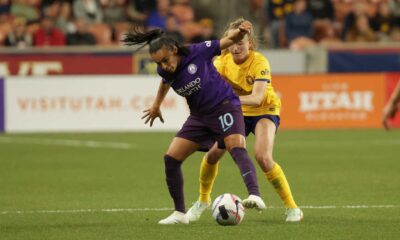
 Orlando Pride2 weeks ago
Orlando Pride2 weeks agoOrlando Pride vs. Utah Royals: Preview, How to Watch, TV Info, Live Stream, Lineups, Match Thread, and More
-

 Orlando City2 weeks ago
Orlando City2 weeks agoOrlando City vs. Portland Timbers: Preview, How to Watch, TV Info, Live Stream, Lineups, Match Thread, and More
-

 Orlando City2 weeks ago
Orlando City2 weeks agoOrlando City vs. Nashville SC: Five Takeaways
-
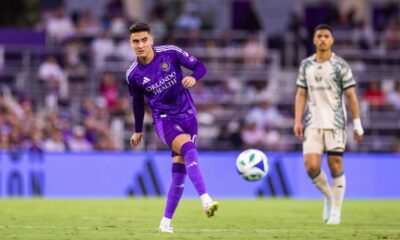
 Orlando City2 weeks ago
Orlando City2 weeks agoOrlando City vs. Portland Timbers: Final Score 1-0 as Lions Tie Club-Record 12-Game Unbeaten Streak
-
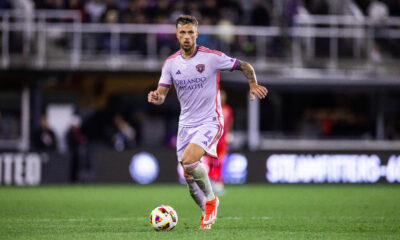
 Lion Links7 days ago
Lion Links7 days agoLion Links: 5/30/25
-
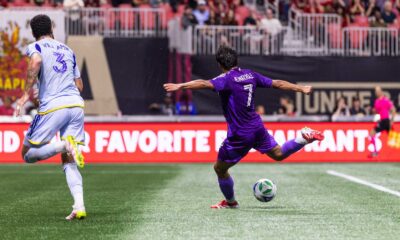
 Orlando City1 week ago
Orlando City1 week agoOrlando City vs. Atlanta United: Final Score 3-2 as Late Araujo Red Card Turns Orlando Lead into a Loss
-
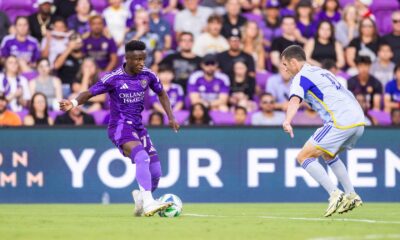
 Orlando City1 week ago
Orlando City1 week agoOrlando City vs. Atlanta United: Preview, How to Watch, TV Info, Live Stream, Lineups, Match Thread, and More
-
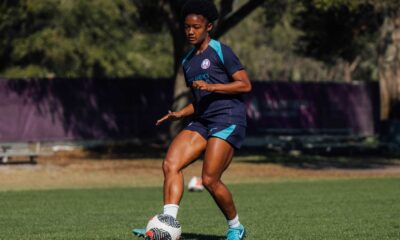
 Orlando Pride1 week ago
Orlando Pride1 week agoOrlando Pride Sign Forward Simone Jackson Through 2028


